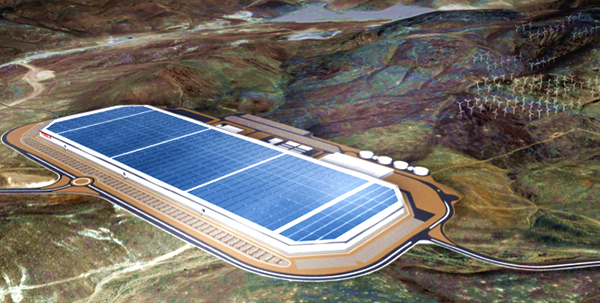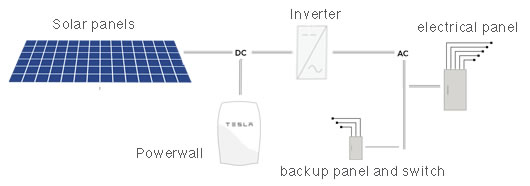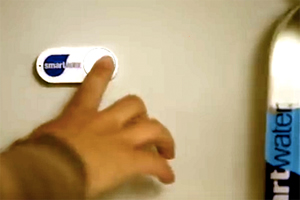 By Simon Buddle, Future Ready Homes.
By Simon Buddle, Future Ready Homes.
We live in a time when the terms ‘smart home’ and ‘connected home’ are freely dropped into conversation. Indeed the word ‘smart’ seems to be ubiquitous in current marketing parlance; I had a bottle of ‘smart’ water just the other day. Really? I mean, come on! Anyway, before we head off into a rant about marketing executives and the emperor’s new clothes, let’s get back to the topic.

When we boil the KNX platform down to its base constituent parts, it comes down to sensors, actuators and a bit of logic. Input devices such as keypads, weather stations, thermostats or presence detectors are simply a bunch of sensors providing information or input into the system. This input is passed through the logic, evaluated, and as a result, it turns on some actuators. Is that a smart system?
What will ‘smart’ look like?
We may well live in a world where homes are becoming connected, but I’d take issue with the idea that they are ‘smart’. I’m sure that in time they will be, but right now, I don’t believe it. In my view, the technology that surrounds us can only offer us humans two benefits: time-saving or money-saving. A smart home must therefore offer one or both of these in order to be considered a success. The most obvious way that it can save us money is on our energy bills.
Energy Saving
The closing of windows or setting back of temperatures at night or even dimming of lights is small fry compared to the possibility of generating one’s own electricity. Historically, there has been an issue with common sources of renewable energy. For example, solar energy is limited to the hours during which the sun shines, but we need power 24/7. Energy storage is coming to the home, and this is where we may well see huge savings. Smart meter tariffs enable variable pricing of power that can and will charge more when demand is high and less when demand drops. If you want to consume electricity whilst the country is watching its favourite soap opera or the World Cup final, it may cost you more in the future.
Tesla only makes electric cars, right? Wrong. Tesla makes batteries and its primary business is to facilitate energy storage from renewable energy. It has invested a colossal amount of money in its massive new Gigafactory, one of hundreds, it hopes. It is here that Tesla makes the Tesla Powerwall, a 10kWh battery pack that can be installed in the home. You can connect nine of them together too for more storage and they retail at about GBP2500. They are sold out until mid 2016 with orders for 38,000 already on the books.

When the home is ‘smart’ it will know when to charge my energy store. It should know when to let my fridge’s internal temperature rise by a few degrees because I’m not home and my fridge won’t be opened or used, thus saving energy. Maybe my freezer could be an energy store? When there is excess energy on the grid, a ‘smart’ home might choose to take advantage of the cheaper energy and store it in my freezer by dropping the internal temperature down a few degrees. The energy store is part of a jigsaw that is slowly revealing itself to us. Will we see Powerwalls or Powervaults as part of every household?

For me, some of the fundamental pieces of the jigsaw are the sensors and actuators, energy storage, renewable energy, LED lighting, and DC power distribution in buildings. When all of these elements come together, we’ll have a true value proposition for our customers – the distributed nature of KNX coupled with the huge array of KNX manufacturers leaves it well-positioned to become a cornerstone of the smart home.
Time Saving
Can technology truly save us time? In the spirit of making our lives easier, yes, it absolutely can. For example, electric gates mean that I don’t have to get out of my car on a cold, wet evening, and devices that know when I need to reorder food or drink and do it automatically will save me the trouble. The jury is out on the Amazon Dash Button, but there is no doubt that it is a way to save us a bit of time, press the button and the product is ordered. You can add items to your list using Amazon Alexa. I bet it won’t be long before that list can go directly to the supermarket and then be delivered to your door.

These advances will have to take consideration of social factors too (a kind of technological anthropology? It may well be that my smart home chooses to put my washing machine on when electricity is cheapest. However, this may well be in the middle of the night. It is reasonable to assume that most people don’t want to hear the spin cycle going at full tilt at 3am. Equally the idea that machines are on whilst we’re asleep and pose a fire risk will be of concern to many. Letting the ‘system’ or machines make the decisions is still some way off, remember HAL9000 (the computer that took over control in the film ‘2001: A Space Odyssey)? But it is moving slowly towards a world where technology will save us both time and money.
Conclusion
The role of the KNX professional may need to adapt in coming years. Providing evidence of energy savings that systems can produce, designing homes that are more energy efficient and saving our customers time, may well become part of our everyday life. The DC power grid and renewable energy will form part of our world. Why? Simply because we are the only industry that can put all of the pieces of the jigsaw together to create a smart home.
Simon Buddle is a consultant for Future Ready Homes, a specialist in BMS and ELV services system design. Simon is also a regular contributor to KNXtoday magazine.












